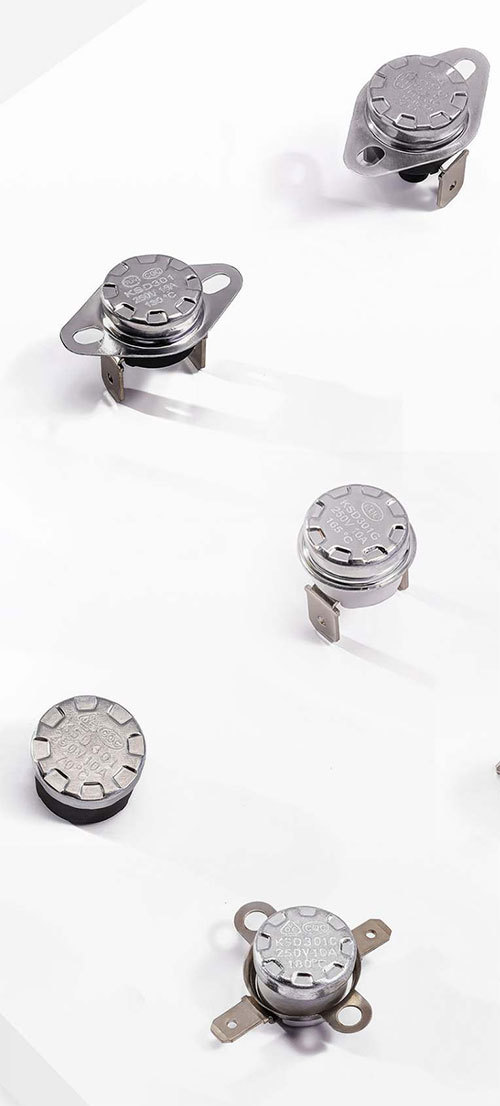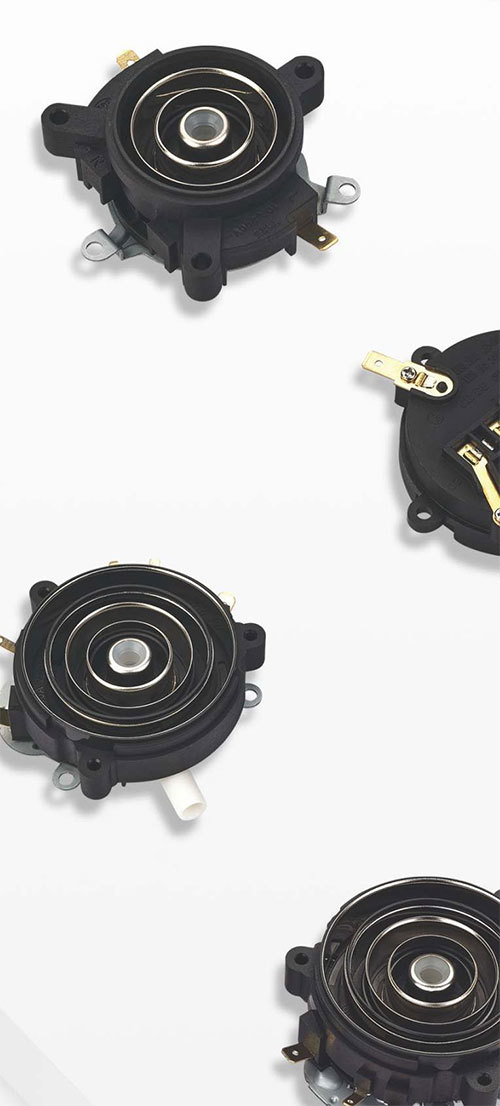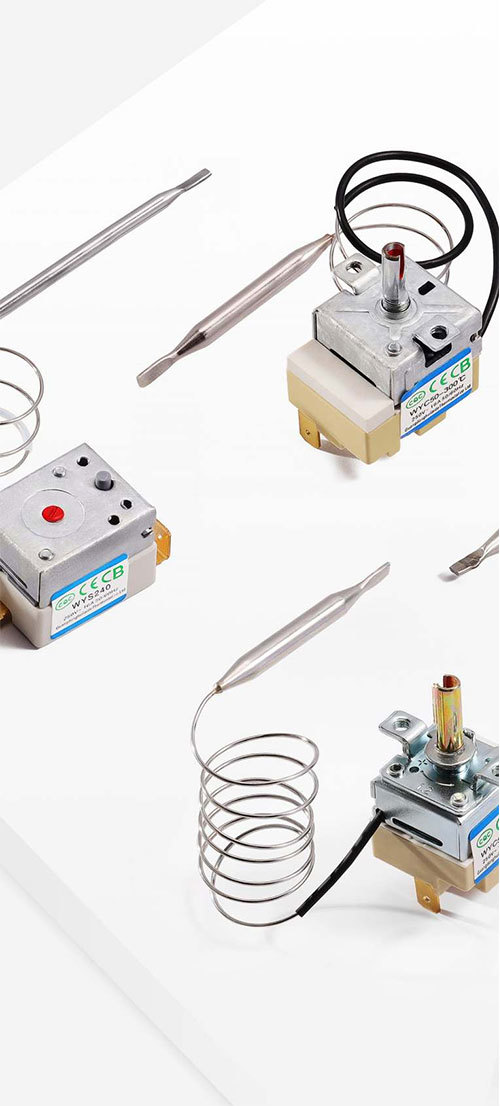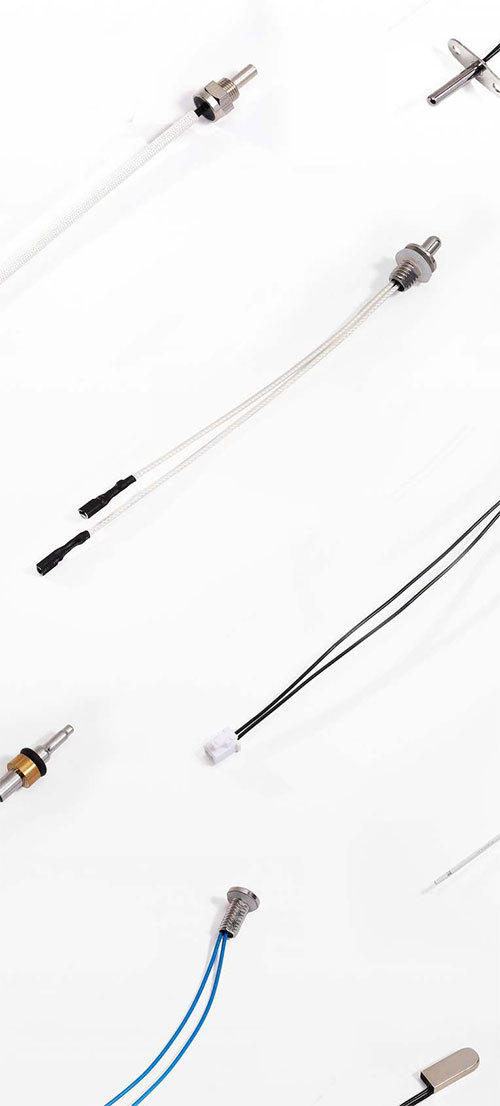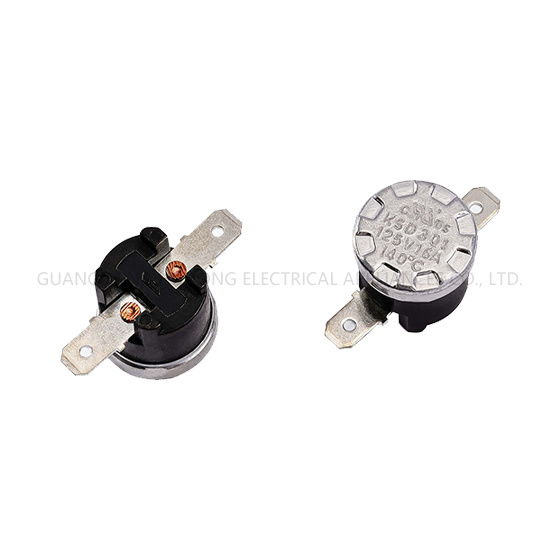How Adjustable Thermostats Enhance Heater Accuracy for Lab Experiments
Classification: knowledge
Time:2025-05-11
How Adjustable Thermostats Enhance Heater Accuracy for Lab Experiments
Table of Contents
- 1. Introduction to Adjustable Thermostats in Laboratories
- 2. Understanding the Mechanism of Adjustable Thermostats
- 3. The Importance of Heater Accuracy in Lab Settings
- 4. Benefits of Using Adjustable Thermostats
- 4.1 Precise Temperature Control
- 4.2 Energy Efficiency and Cost Savings
- 4.3 Consistency in Experimental Results
- 5. Best Practices for Implementing Adjustable Thermostats
- 6. Case Studies: Success Stories in Lab Experiments
- 7. Common Issues with Adjustable Thermostats and Solutions
- 8. Frequently Asked Questions
- 9. Conclusion
1. Introduction to Adjustable Thermostats in Laboratories
In the realm of laboratory experiments, precise temperature control is not just beneficial; it is essential. Whether conducting chemical reactions or biological assays, the accuracy of heating elements significantly influences experimental outcomes. We explore how **adjustable thermostats** play a crucial role in enhancing heater accuracy, providing researchers with the ability to fine-tune temperatures and thereby ensure reliable and reproducible results.
2. Understanding the Mechanism of Adjustable Thermostats
Adjustable thermostats are devices designed to regulate temperature by controlling the power supplied to heating elements. They operate based on a feedback loop that monitors the current temperature and adjusts the heating accordingly. The primary components include a **temperature sensor**, a **control unit**, and a **relay** or **switching mechanism**.
When the sensor detects a temperature deviation from the setpoint, the control unit activates the relay to either increase or decrease the heating output, thereby maintaining the desired temperature. This dynamic regulation ensures that fluctuations are minimized, which is vital for sensitive experimental processes.
3. The Importance of Heater Accuracy in Lab Settings
Heater accuracy is paramount in laboratory experiments for several reasons:
- **Reproducibility**: Many experiments require specific temperature conditions to yield consistent results. Variations can lead to incomplete reactions or erroneous data.
- **Safety**: Accurate temperature control can prevent hazardous situations, especially in experiments involving volatile substances.
- **Efficiency**: Maintaining the right temperature can reduce the time and resources spent on experiments, leading to more productive lab sessions.
In light of these factors, integrating adjustable thermostats into lab equipment can significantly elevate the quality of scientific work.
4. Benefits of Using Adjustable Thermostats
4.1 Precise Temperature Control
The primary advantage of adjustable thermostats is their ability to provide precise temperature settings. This feature is especially beneficial in experiments where even minor temperature shifts can alter outcomes. Researchers can set specific parameters for their experiments, ensuring the heater maintains the target temperature with minimal deviation.
4.2 Energy Efficiency and Cost Savings
Adjustable thermostats contribute to energy efficiency by modulating heating power based on real-time temperature readings. This not only reduces energy consumption but also leads to cost savings over time. In laboratories with extensive heating needs, these savings can be substantial.
4.3 Consistency in Experimental Results
Consistency is key in scientific research. Adjustable thermostats help eliminate temperature variations that could lead to inconsistent results. By ensuring a stable environment, researchers can trust that observed changes in experiments are due to the variables being tested rather than external temperature fluctuations.
5. Best Practices for Implementing Adjustable Thermostats
5.1 Selection Guidelines for Adjustable Thermostats
When selecting adjustable thermostats for lab use, consider the following factors:
- **Temperature Range**: Ensure the thermostat can operate within the required temperature range for your experiments.
- **Accuracy**: Look for thermostats with high precision and low tolerance levels.
- **User Interface**: An intuitive interface can streamline setup and adjustments during experiments.
5.2 Installation Tips for Optimal Performance
Proper installation is crucial for maximizing the effectiveness of adjustable thermostats. Follow these tips:
- **Calibration**: Calibrate the thermostat according to manufacturer instructions to ensure accurate readings.
- **Placement**: Install the thermostat at an optimal location where it can accurately read the temperature of the heating medium.
- **Regular Maintenance**: Conduct routine checks to ensure the thermostat functions correctly and replace any faulty components as needed.
6. Case Studies: Success Stories in Lab Experiments
Numerous laboratories have successfully integrated adjustable thermostats into their heating systems, resulting in enhanced accuracy and improved experimental outcomes.
One notable example is a pharmaceutical lab that utilized adjustable thermostats in drug formulation tests. By maintaining precise temperature control, the lab achieved higher yields of active ingredients, leading to more effective medications.
Another case involved a botanical research facility that employed adjustable thermostats for growth experiments. The consistent temperature provided by these thermostats allowed for optimal plant development, resulting in significant advancements in their research.
7. Common Issues with Adjustable Thermostats and Solutions
While adjustable thermostats are highly beneficial, they are not without their challenges. Here are some common issues and suggested solutions:
- **Calibration Drift**: Over time, thermostats may lose accuracy. Regular recalibration should be part of maintenance protocols.
- **Electrical Interference**: Nearby electronic equipment can interfere with thermostat readings. Positioning thermostats away from such devices can mitigate this issue.
- **Delayed Response**: If the thermostat takes too long to adjust, consider upgrading to a model with faster response times.
8. Frequently Asked Questions
1. What are adjustable thermostats?
Adjustable thermostats are devices used to control the temperature of heating elements in various settings, including laboratories. They enable users to set specific temperature targets and maintain those levels accurately.
2. How do adjustable thermostats work?
They function by sensing the current temperature and adjusting the power supplied to heating elements to maintain the set temperature, minimizing fluctuations.
3. Why is heater accuracy important in lab experiments?
Heater accuracy is vital for achieving reproducible results, ensuring safety, and enhancing efficiency in laboratory settings, where precise conditions are often required.
4. Can adjustable thermostats save energy?
Yes, by efficiently regulating heating based on real-time temperature, adjustable thermostats can reduce energy consumption and lead to cost savings.
5. How can I maintain my adjustable thermostat?
Regular calibration, appropriate installation, and routine checks can help maintain the accuracy and functionality of adjustable thermostats.
9. Conclusion
Adjustable thermostats have transformed the landscape of laboratory experiments by enhancing heater accuracy. Their ability to provide precise temperature control, coupled with energy efficiency and consistency, makes them an invaluable tool for researchers. By following best practices for selection, installation, and maintenance, laboratories can significantly improve their experimental outcomes. As we continue to innovate and refine our approaches to scientific research, adjustable thermostats will undoubtedly remain at the forefront, ensuring that accurate temperature control is achievable and reliable.
Keyword: How Adjustable Thermostats Enhance Heater Accuracy for Lab Experiments
RELATED INFORMATION
Why Your Lab Needs a Bimetal Thermostat Switch for Precision Control
Why Your Lab Needs a Bimetal Thermostat Switch for Precision Control Table of Contents 1. Introduction to Bimetal Thermostat Switches 2. The Importance of Precision Control in Laboratories 3. How Bimetal Thermostat Switches Work 4. Benefits of Using Bimetal Thermostat Switches 5. Applications in Laboratory Settings 6. Installation Guidelines for Bimetal Thermostat Switches
2025/05/31
Maximizing Efficiency with Adjustable Thermostats in Water Heaters
In the realm of chemical laboratory equipment, water heaters play a crucial role in various applications, from simple heating tasks to complex chemical reactions. One of the most significant components of these systems is the water heater adjustable thermostat. This device not only regulates temperature but also contributes to energy efficiency and safety in laboratory settings. **Understanding th
2025/05/26


